Footpaths of Bangladesh: Our complicated relationship with walking
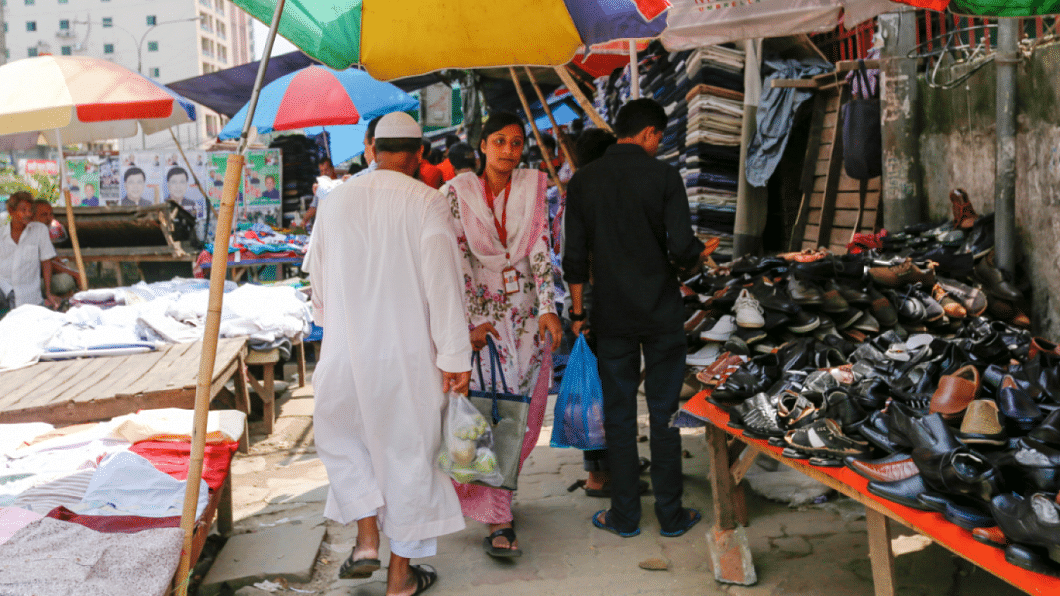
I have long wondered why cities in Bangladesh cannot develop a "culture" of walking as a mode of transportation, even though city streets and footpaths are always crowded. It is a paradox. There is no shortage of commuters, vendors, food kiosks, and everyday happenings of urban life on Dhaka's footpaths. But do congested footpaths necessarily indicate a pedestrian culture?
Culture is, of course, a complicated word with a zigzagging history of numerous meanings, as the Welsh thinker Raymond Williams would say.
It is hard to pinpoint what culture is. At its most safe and cautious stance, it may mean a people's widely shared ways of thinking about themselves, their way of life, language, food, music, money, art, and their sense of right or wrong, among many other things. Culture presumably shapes a group's identity by fostering certain social patterns unique to that group, even though both identity and social patterns could very well be complicit with the political machinations of the dominant class.
Is walking as an everyday urban practice to go to work, the market, or to school – or, walkability – an element of Bangalee culture? I am talking about walking as a primary means of going around, as an urban lifestyle, not merely as a "health practice" in parks and on lakefronts. Walking, sadly, is not part of our shared value system, and there are many reasons behind this.
First, the most obvious: our cities hardly value walkable footpaths as part of an urban ecosystem. Merely having footpaths does not mean people will start walking on them. Other related factors inspire people to view the footpath as an inviting, pedestrian- and gender-friendly, functional, and safe place. I was reading urban planner Jeff Speck's Walkable City: How Downtown Can Save America, One Step at a Time (2012) and in it, Speck offers a "General Theory of Walkability," which explains how a walk must meet four essential goals: "usefulness," "safety," "comfort," and be "interesting." When a walk satisfies these conditions, a pedestrian can rate a city's walkability score highly.
Usefulness implies a kind of urban organisation in which a walker can reach his or her daily destinations by walking. Safety suggests that a pedestrian can walk without being hit by a car or obstructed by a makeshift chayer dokan or tong (tea stall). Comfort means that the organisation of footpaths and adjacent buildings should be undertaken at a scale and distance that pedestrians find welcoming. And, interesting is when the pedestrian finds the footpath not only walkable, but also full of exciting experiences, including views of unique buildings, sites, trees, water bodies and, in general, humanity.
The second reason for the low score of walkability in Bangladeshi cities is related to the ways in which we conceptualise the idea of social status. Our self-righteous notion of ijjot (honour) frames walking on the street with a tinge of both denigration and indignation. From the bourgeois middle-class perspective, the street is a place for the struggling masses, the downtrodden, khete khawa manush (the working class).
This view is enshrined, for instance, in Abdullah Al Mamun's acclaimed film Ekhoni Shomoy (The Moment, 1980), where the protagonist walks the streets of Dhaka in despair and observes the cruelties of life, while Sabina Yasmin's classic song, "Jibon mane jontrona, noy phooler bichhana (Life is pain, not a bed of flowers)" – makes it all painfully vivid.
So, the thought process goes like this: If you are walking to your office a few kilometres away, there must be something wrong. Walking to work doesn't reflect your uppity middle-class status. If your children are walking to school, it socially means that you failed to afford a middle-class lifestyle. These mythologies need to be challenged.
Third, our popular imagination of a successful urban person typically whizzes by in a car, while looking at the huddling aamjonota on the sidewalk with pity. Vehicular mobility is the uber symbol of an upward social trajectory. And walking is a necessity for people on the lowest rung of the social ladder.
We grew up hearing "Lekha pora kore je, gari-ghora chore shey (S/he who studies, rides a car or a horse)," believing firmly in the capitalist mantra of wealth accumulation as an unquestionable life pursuit. Poet Jibanananda Das' anti-materialist reading of the automobile in his 1934 poem "Unishsho Choutrish" portrays the middle-class valorisation of the car, as well as his own anxiety over this misguided dream that he thinks blunts our inner sensibilities: "A motorcar/Fills the mind with misgivings/A motorcar is always a thing of darkness/Though its name is the first/Among the children of light… This motorcar is a trailblazer/It's rushing in the direction/Where everyone is supposed to be going…" (translation by Rakibul Hasan Khan). "The children of light" learn their first lesson: they must ride a car one day in order to be seen as successful. This type of lesson continues to fuel our middle class aspirations, national priorities, planning policies, and visions of progress.
Bangladesh needs a national footpath policy. The foundation of this policy could be as simple as this: if there is a road, there must be a functional footpath alongside it. All kinds of urban planning – from the metropolis to small towns – should vigorously focus on footpath design. This must be an urban requirement by law.
Today, around the world, footpaths/sidewalks are enjoying an urban renaissance as the foundation of walkable urbanism. "Walkability studies" is a growing sub-field in urban planning.
This is not to say that footpaths are only about safety and aesthetic pleasure. It is also about business-friendliness and environmental well-being. Speck writes, "We must understand that the walkable city is not just a nice, idealistic notion. Rather, it is a simple, practical-minded solution to a host of complex problems that we face as a society, problems that daily undermine our nation's economic competitiveness, public welfare, and environmental sustainability."
Why are footpaths neglected in our urban vision? According to the Danish architect and urban planner Jan Gehl (who visited Bangladesh with much interest), it is a problem of the level from which city administrators and planners look down on the city. Gehl argues that they only see the "big story" – the mega-scale of the city viewable only from above – and then the "medium story" of land-use plans, the Detailed Area Plan (DAP), and infrastructures.
But city administrators often fail or are reluctant to see the "little story," experienced only at the ground level or at a human scale. Yet, most people live their lives at the level of little stories. This is where their houses, neighbourhood parks and markets, and footpaths are. These are the places where the community flourishes and thrives.
The problem is that our political and urban leadership looks at the city and its problems from godlike heights. From the sky, it's hard to see the humble necessity of footpaths. From the political perch high up, one can only see massive infrastructures like expressways, bridges, intercity highways, and other megaprojects – but not footpaths, the neglected and negligible domain of aamjonota.
To create liveable cities, it is very important to come down from the sky and wade into the mud of our grinding reality on the ground. Ministers, city mayors, MPs, bureaucrats, city administrators, transportation engineers, and planning professionals should start walking on the footpaths – at least a kilometre of it – to reach their office every day. Change comes when one experiences its possibilities.
Adnan Zillur Morshed, PhD, is an architect, architectural historian, urbanist, and professor at the Catholic University of America in Washington, DC. He is also executive director of the Centre for Inclusive Architecture and Urbanism at Brac University.

 For all latest news, follow The Daily Star's Google News channel.
For all latest news, follow The Daily Star's Google News channel. 

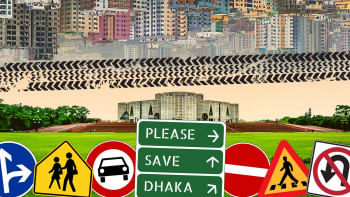

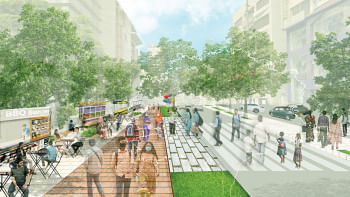



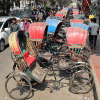

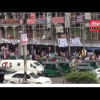
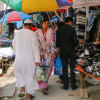


Comments